The modern urban experience often comes with a significant trade-off: convenient access to cultural amenities and economic opportunities at the expense of regular connection with the natural world. This separation has measurable impacts on mental and physical well-being, with research consistently showing that time spent in natural settings reduces stress, improves mood, and enhances cognitive function.
Yet across America, certain cities have managed to preserve substantial natural areas within their boundaries, creating urban environments where residents and visitors can easily transition from sidewalks to trails without needing a car. These urban oases represent thoughtful planning and conservation efforts that maintain ecological value while serving dense human populations.
Here are 17 U.S. cities where impressive natural spaces remain within walking distance of urban centers.
Portland, Oregon

The nation’s preeminent example of urban wilderness integration, Portland offers Forest Park—at 5,200 acres, it’s the largest natural forest within city limits in the United States. Located just minutes from the city center, this massive woodland contains over 80 miles of trails winding through lush Pacific Northwest ecosystems. Beyond Forest Park, the city maintains a network of natural area parks protecting watersheds, wetlands, and wildlife corridors throughout the metropolitan area.
The Intertwine Alliance connects these green spaces with urban trails, creating a comprehensive system where most Portland residents live within a half-mile walk of a natural area or park, effectively blurring the boundary between city and nature.
San Francisco, California

Despite its reputation for dense urban development, San Francisco preserves remarkable pockets of nature within its 49 square miles. The Presidio, a former military base transformed into parkland, offers 1,500 acres of forests, coastal bluffs, and beaches—all accessible via public transit from downtown. Golden Gate Park stretches four miles west from the Haight neighborhood to the Pacific Ocean, encompassing wild spaces like Strawberry Hill and the Oak Woodlands Natural Area.
The city’s unique topography contributes additional natural experiences, with urban hikes up Twin Peaks or Mount Davidson revealing native plant communities and dramatic vistas that remind visitors they’re in a peninsula city surrounded by water and shaped by tectonic forces.
Like Travel Pug’s content? Follow us on MSN.
Asheville, North Carolina
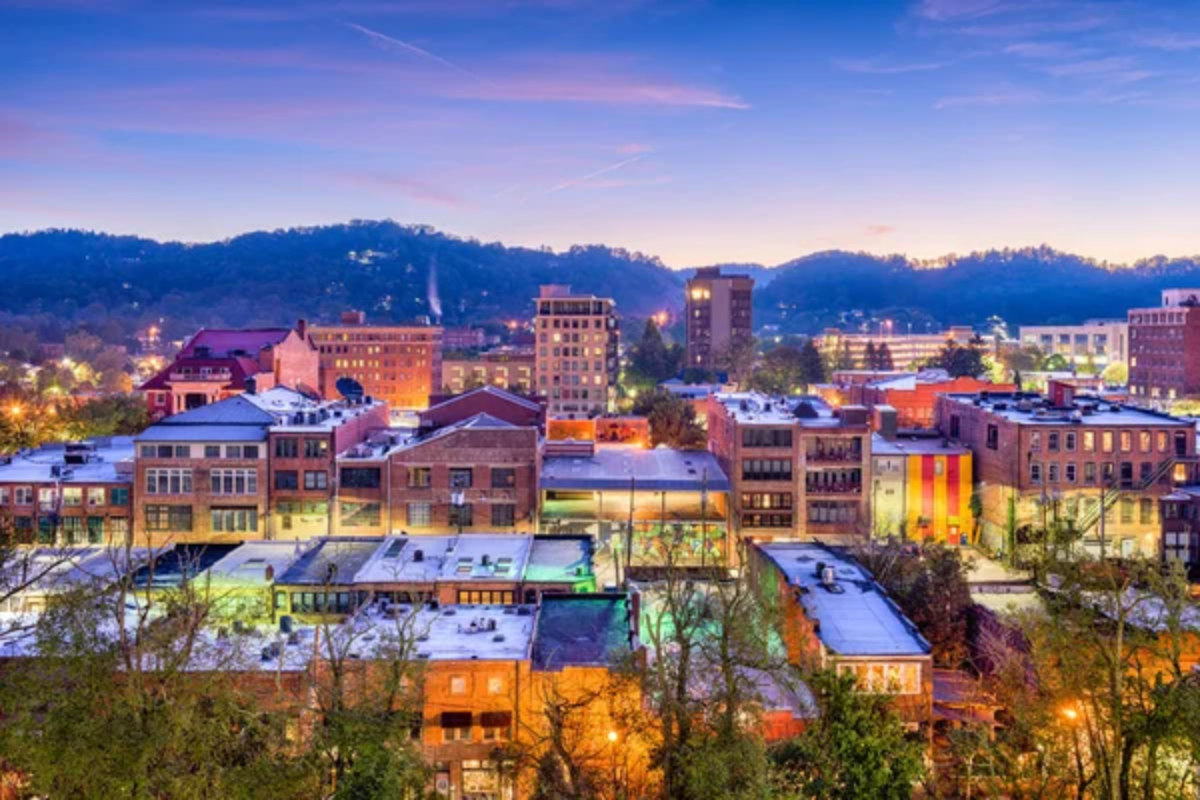
Nestled in the Blue Ridge Mountains, Asheville achieves a remarkable balance between vibrant urban culture and easily accessible natural experiences. The city’s River Arts District directly connects to the French Broad River Greenway, where paved paths transition to nature trails along one of America’s oldest rivers. Within city limits, the 10-mile-long Asheville Urban Trail system links downtown with natural areas like Beaver Lake Bird Sanctuary and the North Carolina Arboretum.
The nearby Blue Ridge Parkway, which touches the city’s southern edge, provides immediate access to mountain ecosystems with spectacular overlooks and hiking trails, allowing residents to move from downtown coffee shops to mountaintop vistas in minutes rather than hours.
Seattle, Washington
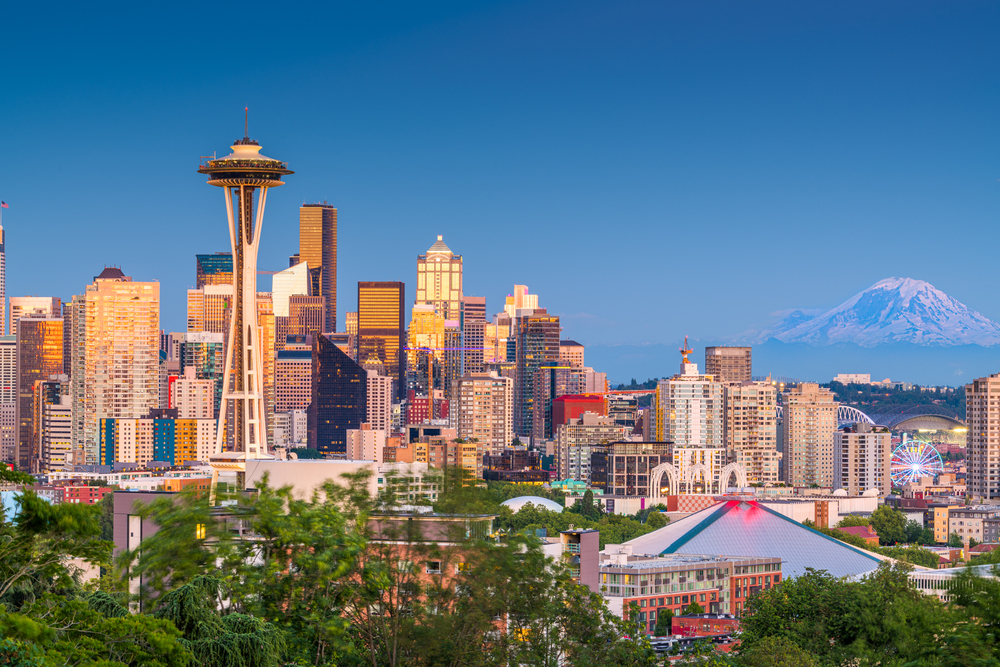
Seattle’s nickname “Emerald City” reflects its commitment to preserving forested spaces within the urban environment. Discovery Park, a 534-acre former military installation on Magnolia Bluff, offers meadows, forests, beaches, and dramatic bluff-top views just minutes from downtown. The city’s network of boulevards, designed by the Olmsted Brothers links neighborhoods to natural spaces like Seward Park, which contains 120 acres of old-growth forest—some trees over 250 years old—on a peninsula extending into Lake Washington.
Seattle’s topography creates additional natural experiences, with ravines like Ravenna Park and Schmitz Preserve cutting through neighborhoods and preserving corridors of native vegetation within the urban grid.
Tucson, Arizona
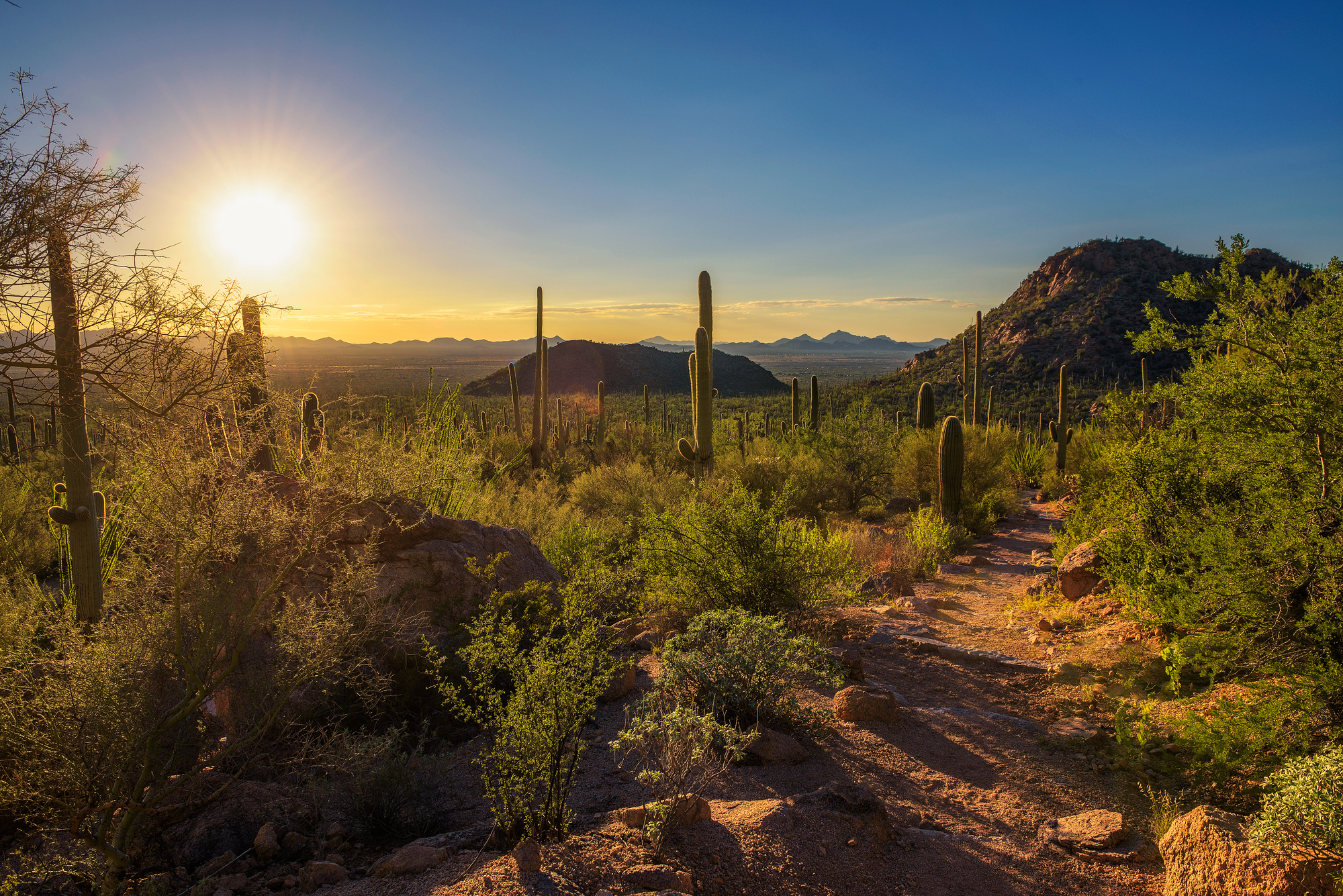
Unlike many cities that destroyed natural features during development, Tucson was built around its desert landscape, incorporating natural washes and preserving native vegetation. Tumamoc Hill, a sacred site to the Tohono O’odham people and an ecological research station, offers a popular urban hiking trail rising 700 feet above the city with an intact Sonoran Desert ecosystem.
The 131-mile Chuck Huckelberry Loop connects urban areas with riparian corridors along the Santa Cruz River and Rillito Creek, where desert wildlife thrives within sight of downtown buildings. Saguaro National Park bookends the city on both the east and west sides, bringing the iconic giant cacti and associated desert ecosystem within easy reach of urban neighborhoods.
Like Travel Pug’s content? Follow us on MSN.
Boulder, Colorado
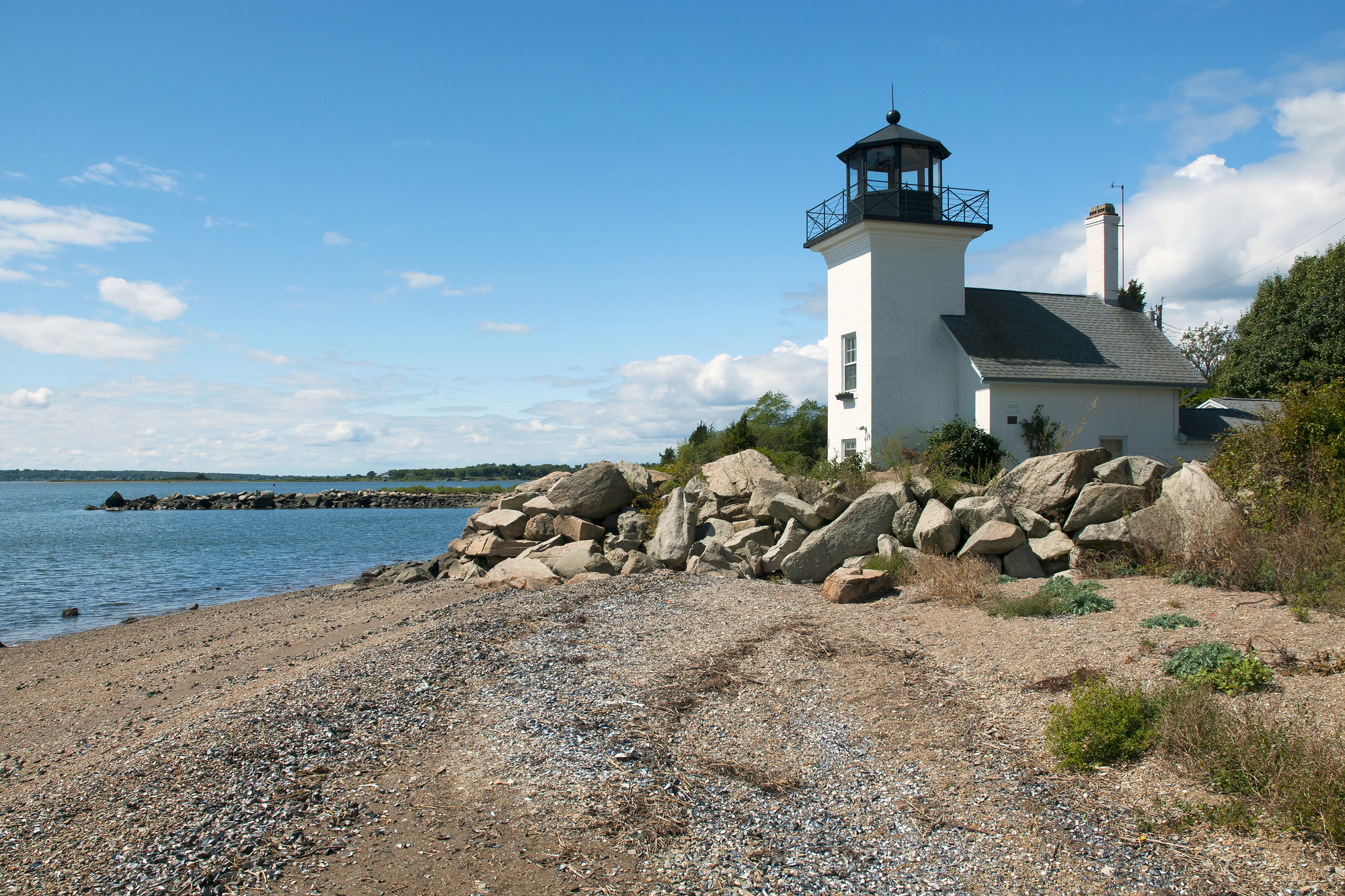
This university town sits at the precise meeting point of the Great Plains and Rocky Mountains, creating a dramatic landscape interface. The city pioneered urban conservation with its Open Space program established in 1967, which now protects over 45,000 acres surrounding the city, including the iconic Flatirons rock formations.
Boulder Creek Path runs through downtown, connecting urban areas to mountain canyons and providing cool riparian habitat during hot summers. The interconnected trail system allows residents to walk from downtown shopping districts to mountain meadows in minutes, with well-maintained paths accommodating both casual walkers and serious hikers seeking more rugged terrain at higher elevations.
Austin, Texas

Texas’s capital preserves substantial natural spaces along the Colorado River corridor flowing through downtown. The 10-mile Ann and Roy Butler Hike-and-Bike Trail encircles Lady Bird Lake, connecting downtown with riparian woodlands and wetlands that support remarkable urban wildlife, including the world’s largest urban bat colony, the Congress Avenue Bridge. Barton Creek Greenbelt extends from Zilker Park near downtown into the Hill Country, offering 12 miles of trails alongside limestone bluffs, natural swimming pools, and spring-fed creeks.
The Balcones Canyonlands Preserve system protects over 30,000 acres within and adjacent to the city, providing habitat for endangered golden-cheeked warblers and black-capped vireos while offering hiking opportunities just minutes from urban neighborhoods.
Minneapolis, Minnesota

The “City of Lakes” incorporates water and associated natural areas as fundamental elements of its urban fabric. The Chain of Lakes—including Lake Harriet, Lake of the Isles, and Lake Calhoun/Bde Maka Ska—forms a natural system within the city connected by parkways and trails designed by landscape architect Horace Cleveland.
The Grand Rounds National Scenic Byway links these lakes with the Mississippi River Gorge, where limestone bluffs and floodplain forests create an urban wilderness corridor through the heart of the Twin Cities metropolitan area. Minnehaha Falls and surrounding parkland preserve a dramatic 53-foot waterfall and stream valley forest ecosystem within easy transit access from downtown.
Like Travel Pug’s content? Follow us on MSN.
Pittsburgh, Pennsylvania

Built at the confluence of three rivers in the Allegheny Mountains, Pittsburgh incorporates surprisingly wild spaces within its urban landscape. Frick Park, the city’s largest at 644 acres, contains mature forests, meadows, and streams flowing through steep ravines just minutes from densely populated neighborhoods. The Three Rivers Heritage Trail system connects downtown with natural corridors along the Allegheny, Monongahela, and Ohio Rivers, where industrial sites have been restored as native habitats.
The city’s distinctive topography creates natural boundaries between neighborhoods, with wooded hillsides and stream valleys remaining undeveloped due to their steep slopes, creating green corridors that wildlife and pedestrians can use to navigate the urban environment.
Honolulu, Hawaii

Unlike mainland cities, where nature often feels separate from urban areas, Honolulu integrates tropical ecosystems into its urban fabric. Numerous valleys cut through the city, creating green fingers extending from the Ko’olau Mountain Range to the coastline. The most accessible, Mānoa Valley, offers several trails leading from residential areas into rainforest ecosystems with cascading waterfalls just minutes from urban density.
Diamond Head State Monument preserves a dormant volcanic crater within the city limits, where a moderate hike rewards visitors with panoramic views of Waikiki and the Pacific Ocean. Urban beaches along the southern shore provide immediate access to marine ecosystems, with snorkelers encountering tropical fish and sea turtles just offshore from city sidewalks.
Salt Lake City, Utah

The Wasatch Mountains rise dramatically on the eastern edge of Salt Lake City, creating an extraordinary interface between urban development and alpine wilderness. City Creek Canyon extends directly from downtown into protected watershed lands, with a paved road closed to motor vehicles several days each week. The Bonneville Shoreline
Trail traces the ancient shoreline of prehistoric Lake Bonneville along the mountainfront, providing hiking and mountain biking opportunities with panoramic views across the valley. Within the city grid, Memory Grove Park and Liberty Park preserve substantial natural areas with mature trees, streams, and native vegetation that support urban wildlife populations despite their central locations.
Like Travel Pug’s content? Follow us on MSN.
St. Louis, Missouri

The 1,371-acre Forest Park—the site of the 1904 World’s Fair—stands as one of America’s great urban parks, containing natural areas including forests, prairie restorations, and wetlands alongside cultural institutions. The park’s Kennedy Forest and Kennedy Woods areas preserve mature oak-hickory forests within walking distance of the city’s central corridor neighborhoods.
Tower Grove Park features one of the most diverse collections of trees in the region, creating an arboretum-like setting in south St. Louis. The confluence of America’s two greatest rivers—the Mississippi and Missouri—creates additional natural areas within the metropolitan region, with riverside trails and conservation areas preserving floodplain ecosystems at the urban periphery.
Flagstaff, Arizona

This mountain town, surrounded by the world’s largest ponderosa pine forest, incorporates natural spaces throughout its urban design. The Flagstaff Urban Trail System (FUTS) includes over 50 miles of trails connecting neighborhoods with preserved open spaces and the adjacent Coconino National Forest. Buffalo Park, located on a mesa overlooking downtown, preserves high-elevation meadow habitat with spectacular views of the San Francisco Peaks.
The Rio de Flag corridor creates a riparian zone through the heart of the city, with restoration efforts enhancing native vegetation along this seasonal watercourse. The proximity of dormant volcanoes and lava flows creates additional unique natural features within and immediately adjacent to the urban area.
Savannah, Georgia
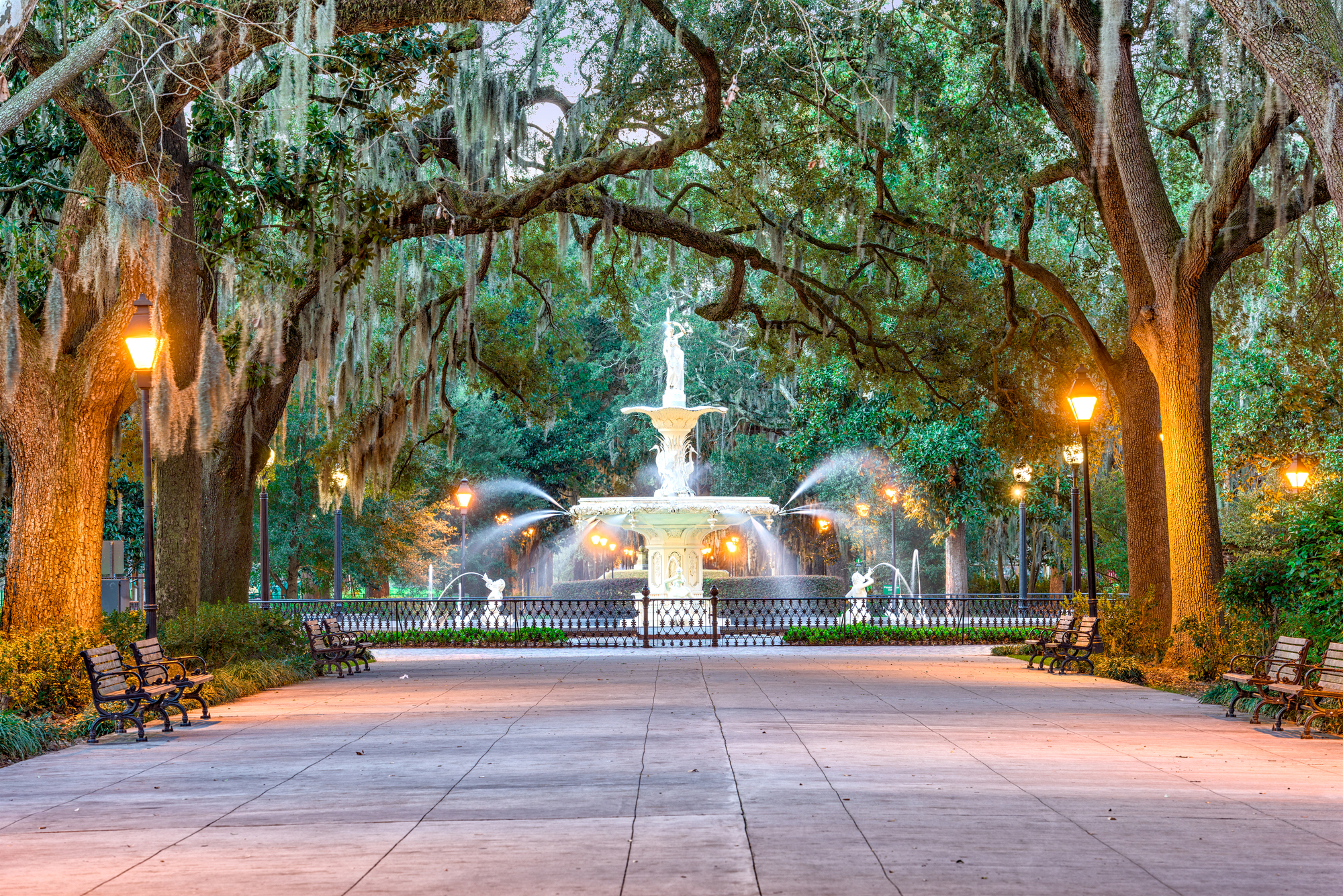
Founded with a visionary urban plan incorporating green spaces, Savannah preserves its famous system of 22 historic squares shaded by massive live oaks draped with Spanish moss. Beyond these formal spaces, Forsyth Park transitions into more naturalistic areas with native coastal plain vegetation. The city’s location on a bluff above the Savannah River creates distinctive natural edges, with riverside trails connecting to Hutchinson Island’s undeveloped areas.
Skidaway Island State Park and Wormsloe Historic Site, both easily accessible from downtown, preserve maritime forest ecosystems with trails winding through palmetto undergrowth beneath canopies of live oak and slash pine, offering glimpses of the coastal landscape that predates European settlement.
Like Travel Pug’s content? Follow us on MSN.
Madison, Wisconsin

Built on an isthmus between Lakes Mendota and Monona, Madison offers extraordinary access to freshwater ecosystems from its urban core. The University of Wisconsin campus includes the Lakeshore Nature Preserve, with over four miles of shoreline and 300 acres of forests, wetlands, and restored prairies within walking distance of downtown.
The Arboretum, another university property, contains the world’s oldest restored prairie alongside oak savannas and wetlands, all accessible via an urban trail network. The city’s extensive bike path system connects urban neighborhoods with natural areas around the chain of lakes, creating easy transitions between built environments and the distinctive ecosystems of the glaciated landscape that defines southern Wisconsin.
Albuquerque, New Mexico

The Rio Grande flows through Albuquerque, creating a 4,300-acre riparian forest known locally as the Bosque—one of the largest cottonwood forests in the world. This ribbon of green contrasts dramatically with the surrounding desert landscape, providing habitat for hundreds of bird species and cooling shade for urban residents. The Sandia Mountains rise immediately east of the city, with Sandia Mountain Wilderness reaching elevations over 10,000 feet.
The foothills neighborhoods directly connect to natural trails leading into these mountains, allowing residents to transition from urban settings to wilderness environments within minutes. Petroglyph National Monument preserves volcanic escarpments with ancient rock art along the city’s western edge, where lava flows create a distinctive black rock landscape.
Santa Fe, New Mexico

The nation’s oldest capital city nestles at the base of the Sangre de Cristo Mountains, where pinyon-juniper woodlands transition to ponderosa forests and eventually alpine meadows above 11,000 feet. Santa Fe’s compact, walkable design places many neighborhoods close to natural features, allowing easy exploration of the surrounding high desert ecosystem.
The historic Santa Fe River, though often dry due to upstream diversions, creates a green corridor through downtown, with restoration efforts enhancing native vegetation and wildlife habitat. Arroyos—natural drainage channels winding through the city—serve as informal trails and wildlife corridors, connecting the urban landscape to the broader Rio Grande Valley and offering residents everyday access to desert riparian environments.
Like Travel Pug’s content? Follow us on MSN.
Nurturing Urban Nature Connections

These cities demonstrate that urban development need not completely displace natural systems. Through thoughtful planning, conservation initiatives, and restoration efforts, these communities maintain meaningful connections between residents and the natural world. As research increasingly confirms the mental and physical health benefits of nature exposure, these urban environments offer valuable models for designing cities that support both human and ecological well-being.
The accessibility of natural experiences in these places creates opportunities for daily interaction with wildlife and natural processes—experiences that foster environmental awareness and stewardship among diverse populations regardless of economic status or mobility. In an era of increasing urbanization, these cities provide inspiring examples of how humans can coexist with—rather than conquer—the natural landscapes that ultimately sustain us all.
More from Travel Pug

- Cities Growing so Fast You Won’t Recognize Them in 10 Years
- 13 Destinations Where Tourists Regularly Regret Their Trip
- 16 U.S. Cities That Are Quietly Becoming Travel Hotspots
- Where to Travel If You Love Long Bus Rides and Daydreams
- 20 Cities Perfect for Solo Travelers Who Crave Adventure & Culture
Like Travel Pug’s content? Follow us on MSN.
